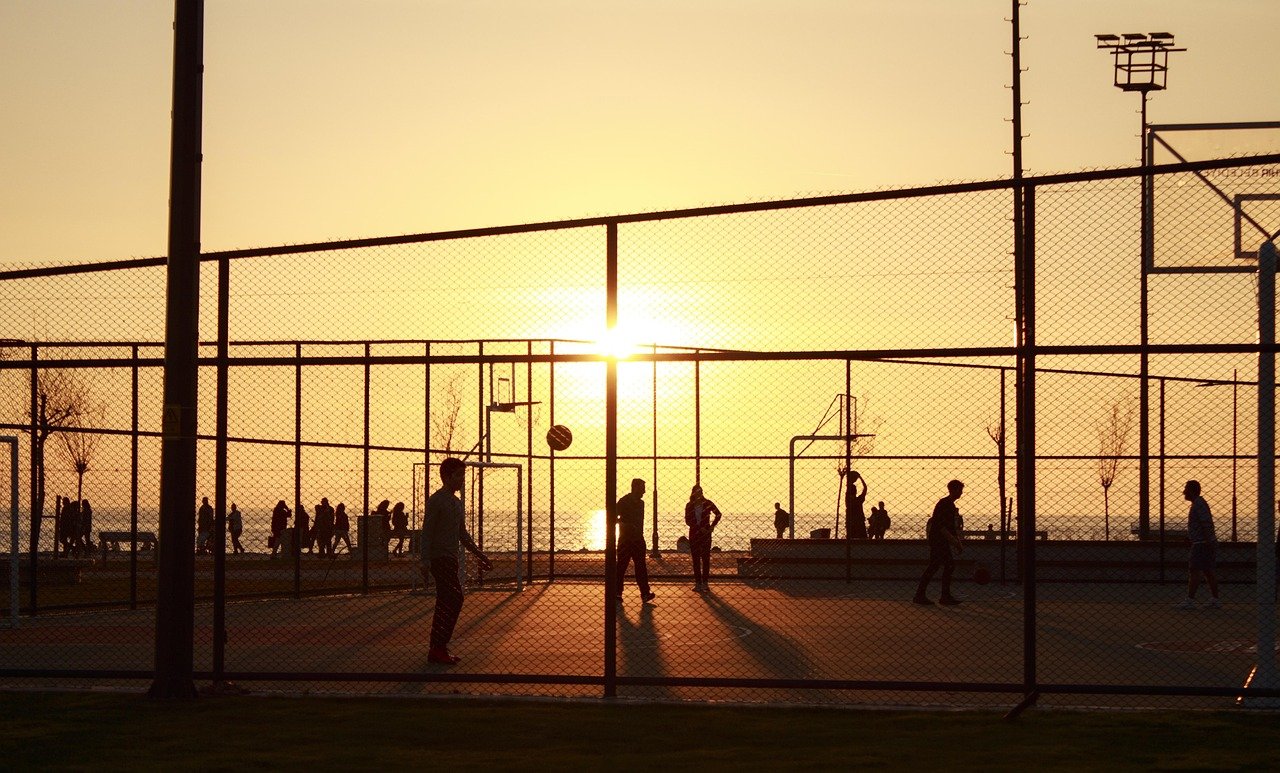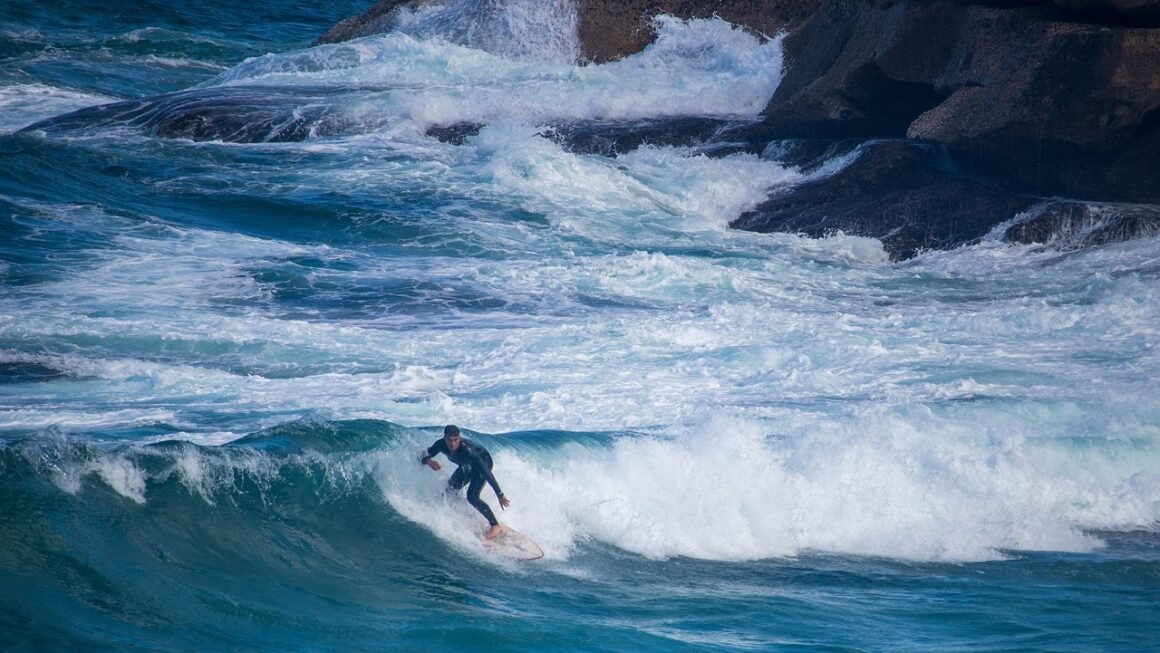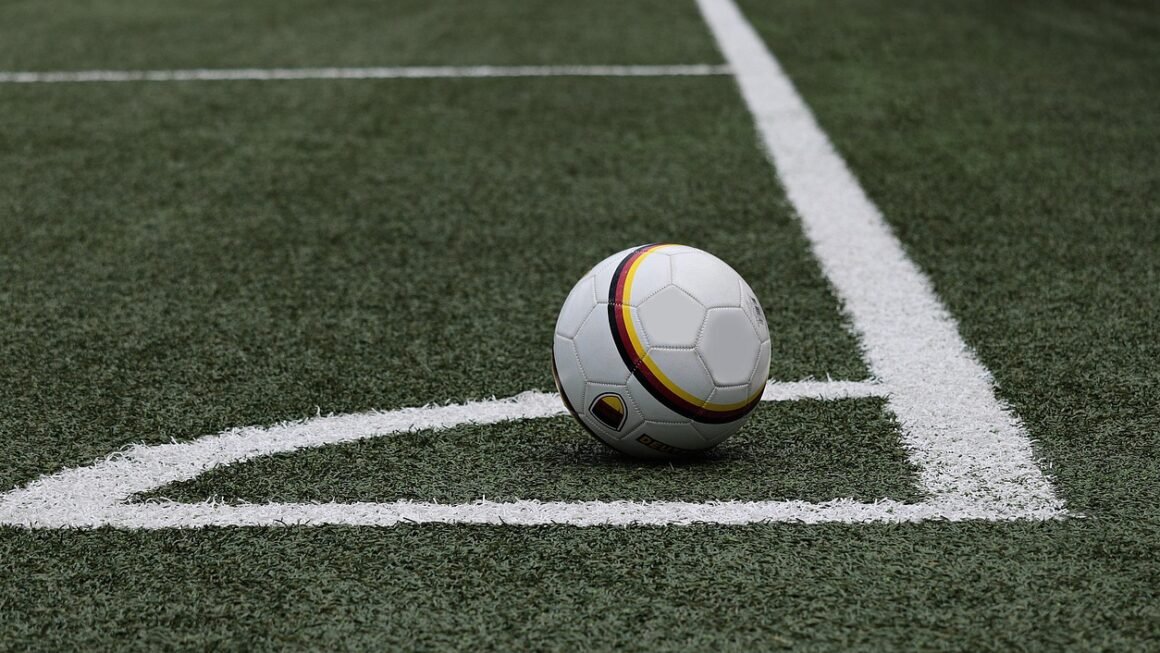Imagine gliding silently through the ocean’s depths, unburdened by tanks, experiencing a profound connection with the underwater world. Freediving offers just that – a unique opportunity to explore the ocean on a single breath. More than just a sport, it’s a journey of self-discovery, demanding mental focus, physical fitness, and a deep respect for the marine environment. This guide will explore the fascinating world of freediving, covering everything from the basics to advanced techniques.
What is Freediving?
Freediving, also known as apnea, is the practice of diving underwater while holding your breath. Unlike scuba diving, which utilizes compressed air tanks, freediving relies entirely on the diver’s breath-holding capacity. It’s an ancient practice with roots in spearfishing, pearl diving, and other traditional activities.
Disciplines of Freediving
Freediving encompasses various disciplines, each with its own unique set of rules and challenges:
- Static Apnea (STA): Holding your breath for as long as possible in a stationary position, typically on the surface.
Example: The current world record is over 11 minutes!
- Dynamic Apnea (DYN): Swimming horizontally underwater for the longest distance possible while holding your breath.
DYN with Fins: Using bi-fins or a monofin.
DYN No Fins: Using only arms and legs for propulsion.
Example: Consider a pool length of 25 meters, and imagine swimming multiple lengths without breathing!
- Constant Weight (CWT): Diving to the deepest depth possible with the use of fins and a constant weight that the diver carries throughout the dive.
Constant Weight with Bi-Fins (CWTBF): Using bi-fins for propulsion.
- Free Immersion (FIM): Descending and ascending along a rope by pulling yourself up and down without the use of fins.
- Variable Weight (VWT): Using a weighted sled for descent and ascending with fins or by pulling the rope.
- No-Limits (NLT): Descending and ascending using any method. Often a weighted sled is used for descent, and a lift bag is used for ascent. This is the deepest and most dangerous discipline.
Why Freediving? The Benefits
Freediving offers a plethora of benefits that extend beyond physical fitness:
- Mental Discipline: Freediving requires intense focus, concentration, and the ability to manage your mind and body under pressure.
- Physical Fitness: It improves cardiovascular health, lung capacity, and overall strength.
- Connection with Nature: Freediving allows you to experience the underwater world in a raw and intimate way, free from the encumbrance of scuba gear.
- Stress Reduction: The deep relaxation techniques used in freediving can help reduce stress and anxiety.
- Exploration: Discover hidden reefs, underwater caves, and marine life encounters.
Getting Started with Freediving
Before venturing into the depths, proper training and equipment are crucial for a safe and enjoyable experience.
Finding a Reputable Freediving Course
The most important step is to enroll in a certified freediving course. Look for recognized agencies such as:
- PADI (Professional Association of Diving Instructors): Offers freediving certifications from beginner to instructor levels.
- SSI (Scuba Schools International): Provides comprehensive freediving training programs.
- AIDA (Association Internationale pour le Développement de l’Apnée): An international freediving organization that sets standards and records.
A beginner course will typically cover:
- Breathing techniques: Diaphragmatic breathing, full lung capacity breaths.
- Equalization techniques: Frenzel, Valsalva maneuvers to equalize pressure in your ears.
- Safety procedures: Buddy systems, rescue techniques, recognizing signs of hypoxia.
- Basic freediving skills: Duck diving, finning techniques, body positioning.
Essential Freediving Equipment
Investing in quality equipment is essential for safety and performance.
- Freediving Mask: Low-volume mask for better equalization.
- Snorkel: Simple, flexible snorkel.
- Freediving Fins: Long, flexible fins made of composite materials (carbon fiber or fiberglass) for efficient propulsion.
- Wetsuit: Designed for freediving, typically thin and flexible for greater freedom of movement.
- Weight Belt: Rubber weight belt with weights to achieve neutral buoyancy.
- Dive Computer: Tracks depth, dive time, and surface interval.
Preparing Your Body and Mind
Freediving requires both physical and mental preparation.
- Breath-Holding Exercises: Practice static apnea exercises regularly to improve breath-holding capacity. Important: Always practice with a buddy!*
- Yoga and Meditation: Enhance flexibility, lung capacity, and mental focus.
- Cardiovascular Training: Improve cardiovascular health with activities like swimming, running, or cycling.
- Proper Diet: Focus on a balanced diet rich in fruits, vegetables, and lean protein. Avoid heavy meals before diving.
Freediving Techniques and Skills
Mastering specific techniques is critical for improving your freediving performance and safety.
Breathing Techniques
Effective breathing techniques are the foundation of freediving.
- Diaphragmatic Breathing: Breathing deeply into your diaphragm, allowing your lungs to fill completely. Practice by lying down and placing your hands on your stomach and chest. Focus on expanding your stomach as you inhale.
- Packing: Adding extra air to your lungs beyond their normal capacity. This should only be done with proper training and guidance.
- Recovery Breathing: Specific breathing patterns performed after a dive to replenish oxygen levels and prevent shallow water blackout.
Equalization Techniques
Equalizing pressure in your ears is crucial to prevent injury.
- Valsalva Maneuver: Pinching your nose and gently blowing air into your ears. Less effective at depth.
- Frenzel Maneuver: Using your tongue and throat muscles to equalize pressure. More efficient and effective at depth. Requires practice and coordination.
- Mouthfill: A more advanced technique where air is stored in the mouth for equalization at greater depths.
Dive Techniques
Efficient dive techniques conserve energy and improve performance.
- Duck Dive: A streamlined entry into the water that minimizes drag.
- Finning Techniques: Using long, powerful strokes to propel yourself through the water. Focus on using your legs and core muscles, not just your ankles.
- Body Positioning: Maintaining a streamlined body position to reduce drag and conserve energy.
- Buoyancy Control: Achieving neutral buoyancy at a specific depth to minimize effort. This is usually achieved through careful weighting and practiced awareness.
Safety in Freediving
Safety is paramount in freediving. Never dive alone and always follow established safety procedures.
The Buddy System
- Constant Supervision: Your buddy should be constantly monitoring you for any signs of distress.
- Surface Support: Your buddy should be prepared to provide assistance on the surface if needed.
- Rescue Techniques: Both you and your buddy should be trained in rescue techniques.
Recognizing and Preventing Blackout
- Hypoxia: A condition caused by low oxygen levels in the brain.
- Shallow Water Blackout (SWB): Loss of consciousness due to hypoxia near the surface.
- Signs of Hypoxia: Twitching, loss of motor control, disorientation.
- Prevention: Proper breathing techniques, adequate surface intervals, avoiding hyperventilation.
Other Safety Considerations
- Dive Within Your Limits: Don’t push yourself beyond your training and experience level.
- Be Aware of Your Environment: Consider currents, visibility, and marine life.
- Proper Hydration: Stay hydrated before, during, and after diving.
- Avoid Alcohol and Drugs: These can impair judgment and increase the risk of accidents.
- Medical Conditions: Consult with a doctor before freediving if you have any medical conditions.
Conclusion
Freediving is a transformative sport that connects you to the ocean in a way like no other. By understanding the techniques, prioritizing safety, and respecting the underwater environment, you can embark on a rewarding journey of self-discovery and explore the depths on a single breath. Remember to always prioritize safety, seek proper training, and dive within your limits. The ocean awaits!



